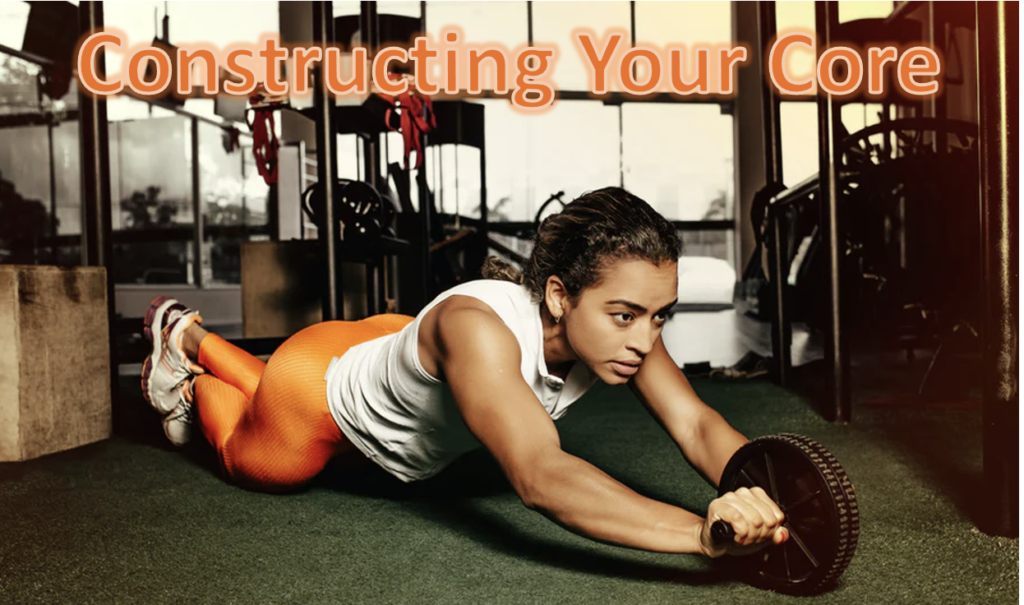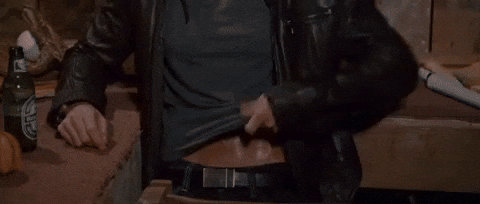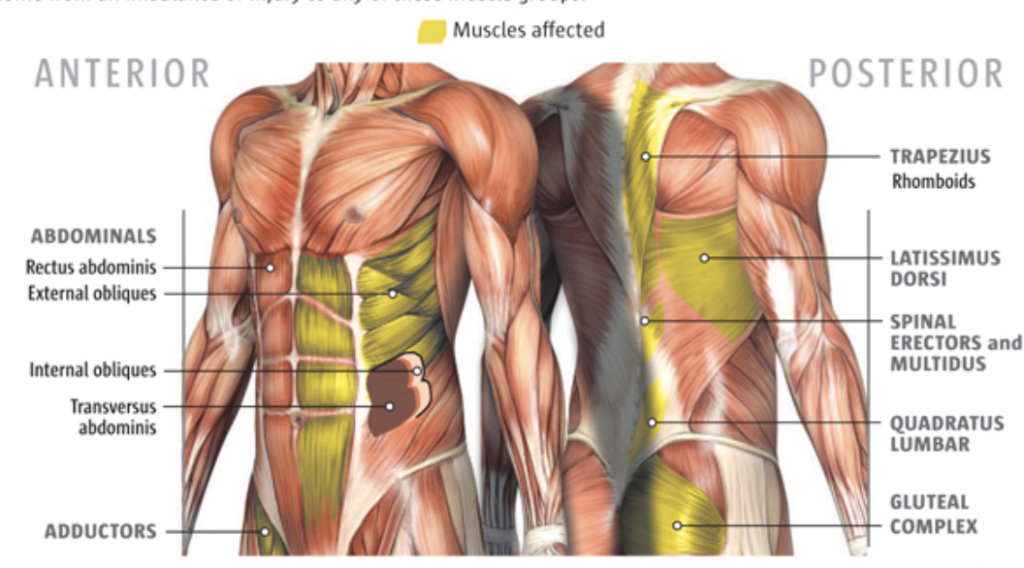
As you may have noticed, I took a little hiatus from my posts last week. I had an emergency surgery to get my wisdom teeth removed. There were some complications with the medications and what not but I am on the road to recovery now and back with some more information on how to become a better athlete!
In my last presentation, I had mentioned the core and how critical it is. I had said I would be diving into that deeper in its own blog post the following week; however, the wisdom teeth situation came up. So as promised, this week will be all about core! The benefits of having a strong core and how to get one. So let’s dive in!

What is your core? Most people think of a six pack when they think of core but really, this is just the tip of the iceberg. The core actually wraps around your entire body and includes muscles on both you front and back side. These muscles include the pelvic floor muscles, transverses abdominis, multifidus, internal and external obliques, rectus abdominis, erector spinae and diaphragm, latissimus dorsi, gluteus maximus and trapezius. The core is

responsible for our stability and correcting muscles imbalance. This is critical, not just for athletes, but for everyone. Muscle imbalance means the you muscles are at varying levels of functionality, some are too loose, some are too tight, some are weak, and some are strong. When muscle balance occurs, injuries are like to occur. The core is responsible for spinal stability as well as preventing lower back, hip, knee, and neck pain. According to Andy Waldhem, who has his Doctorate of Philosophy in Kinesiology, there are “five different components of core stability: strength, endurance, flexibility, motor control, and function”. Waldhem believes that the first step to a strong core is developing proper motor control and function. Without this stability, are spine is left unprotected. After this, we move in other areas such as strengthening the core.
When considering the core in relation to athletes, there are some specific benefits worth mentioning. A strong core helps athletes:
- Control their body position
- Generate optimum power
- Transfer force efficiently throughout their body
- Improve rotational movements (such as spiking a volleyball)
- Improve balance which allows them to hold body positions for an extended periods of time
- Gain greater efficiency within movements (ie: you won’t waste as much movement in defence)
- Improve core strength which results in improved stabilizing muscles. This allows for optimal muscle growth and strength in all other body parts
- Increase flexibility
- Prevent injuries
So now that we know what the core is, what it does, and why it is important, how do we train it? I have put together a workout after looking through countless resources and talking with trainers and this is what I have come up with!
The Workout:
In this workout you will have groupings of exercises that you repeat back to back with a short rest in-between round a longer rest between groupings.
Group 1:
- Medicine ball dead bugs – 3 sets of 15-20 reps on each side
- Lateral Crawl – 3 sets of 6 repetitions.
- Squat and Press – 3 sets of 8-12 reps
Group 2:
- Ab roller – 3 sets of 6-8 reps
- Pallof press – 3 sets of 20 second holds on each side
- Prone med ball toss – 3 sets of 8-12 reps
Group 3:
- Stir the pot – 3 sets of 8 reps in each direction
- Plank – 3 sets of 1 minute
- Oblique plank on bench – 3 sets of 15-20 seconds on each side without moving **NOTE: This exercise requires a partner to hold your legs!**
So there it is! Get working those cores! I know I will be in the next couple days here when I can resume regular physical activity. I have my checkup tomorrow afternoon for my wisdom teeth and hopefully I will get the all clear so I can resume my workouts! Happy crunching!
*Quick side note: On the technology side of things, I am super excited as I finally figured out how to get my text to wrap around photos!! I have been trying to figure this out for awhile. It is really simple, can’t believe I didn’t figure it out sooner. Better later than never though!*
Photo Credits: Header photo by Jonathan Borba on Unsplash
